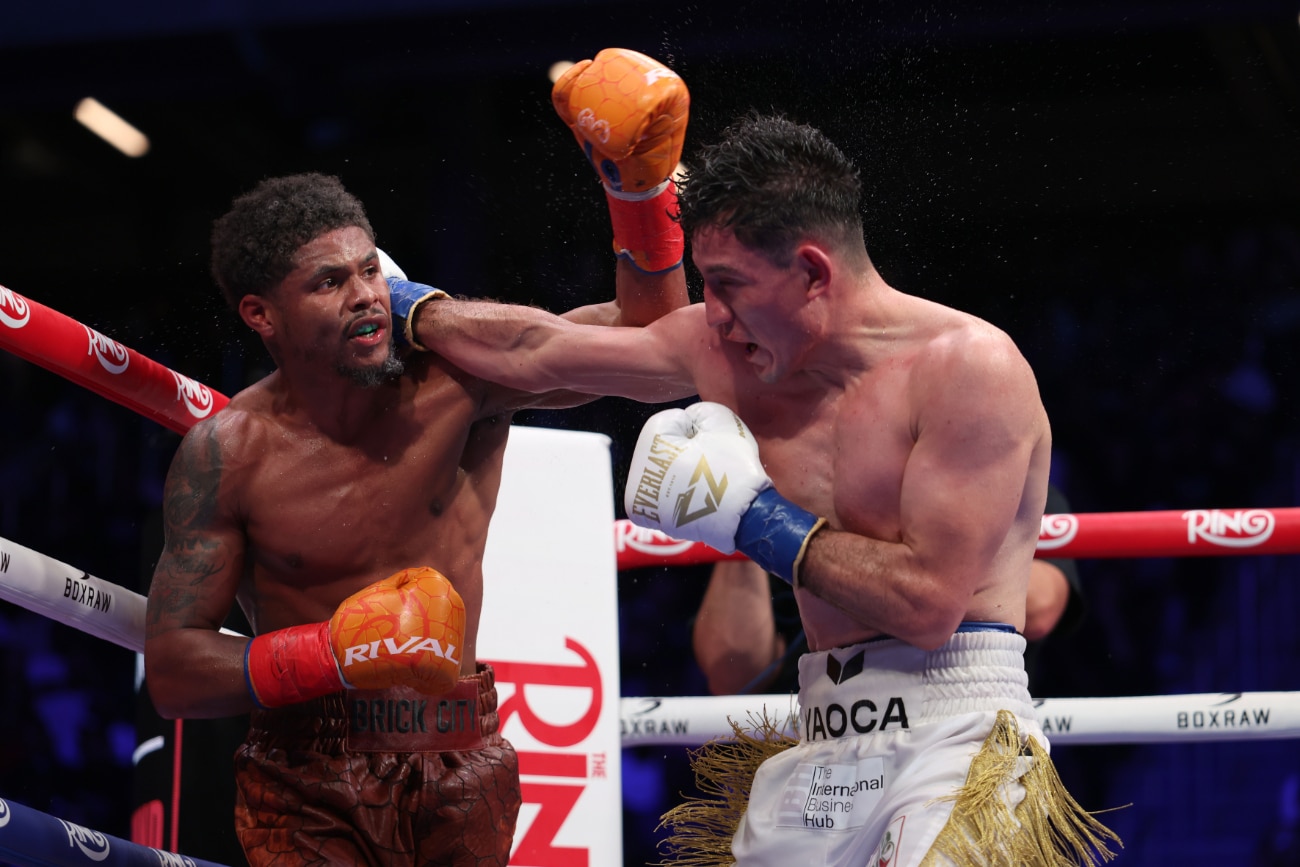PROTECT YOUR DNA WITH QUANTUM TECHNOLOGY
Orgo-Life the new way to the future Advertising by Adpathway
“Le maître d’armes” by Allouard.
A recent acquisition adorning the hallowed halls of the Amberger Collection: A patinated bronze sculpture by Henri-Emile Allouard (1844-1929) depicting two monkeys, fencing master and student.
The bronze is based on a drawing by the French artist Jean Baptiste Guélard, done around 1750 in Singeries ou différentes actions de la vie humaine représentées par des singes and published in Paris by Guélard in the rue de Charonne. It is part of a suite of 23 etchings showing anthropomorphic monkeys in day-to-day situations.
Guélard’s series was not entirely original. People liked to see dressed-up monkeys years before: It was inspired by a series of paintings made several decades before by the French painter Christophe Huet (b. June 22, 1700, at Pontoise, d. May 2, 1759 in Paris.) I have been unable to locate a picture of Huet’s original Maitre d’Armes—but I bet that on of our capable SHotS readers may locate one!!
Of special interest in the comparison of drawing and sculpture are the foils. Allouard’s monkeys use the classic lunette-style French foil while Guélard depicts the old-style French foil with its quillioned guard and the rather short blade—depicted below next to a pair of elk-hide fencing sandals that were to be worn over the fencer’s street shoes. (Monkeys, as shown, have no use for shoes…)
 Guélard
Guélard
 Replica of an early 18th-century French foil, one of only a handful commissioned by French fencing master and collector Gérard Six.
Replica of an early 18th-century French foil, one of only a handful commissioned by French fencing master and collector Gérard Six.Possibly Allouard was inspired by his compatriot Adrien Etienne Gaudez‘ (1845-1902) La Leçon d’Escrime (1880), a father-son combo in 17th-century attire.





This entry was posted in 18th Century, fencing, fencing art, Fencing History; German fencing, Foil, Images, Weapons and tagged amberger collection, Christophe Huet, fencing art, French sculpture, Henri Allouard, singerie. Bookmark the permalink.

















 English (US) ·
English (US) ·  French (CA) ·
French (CA) ·